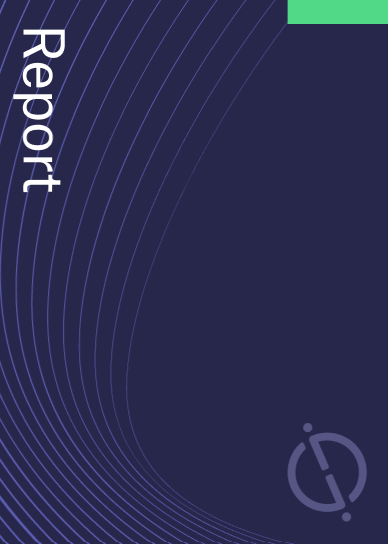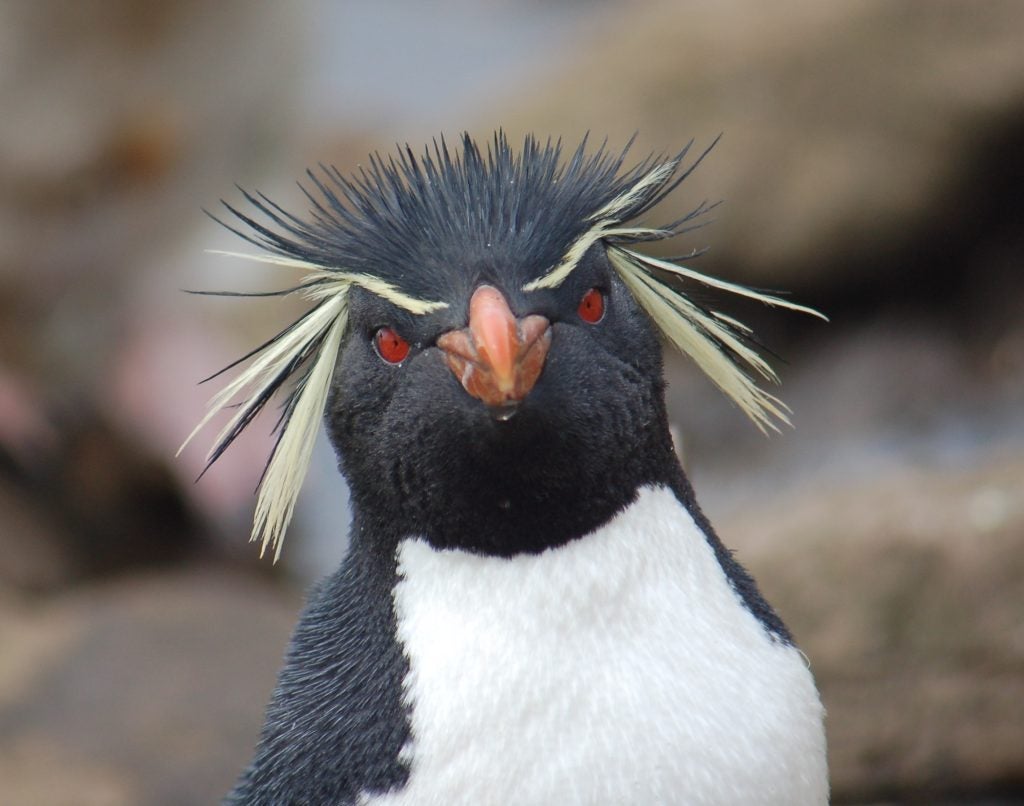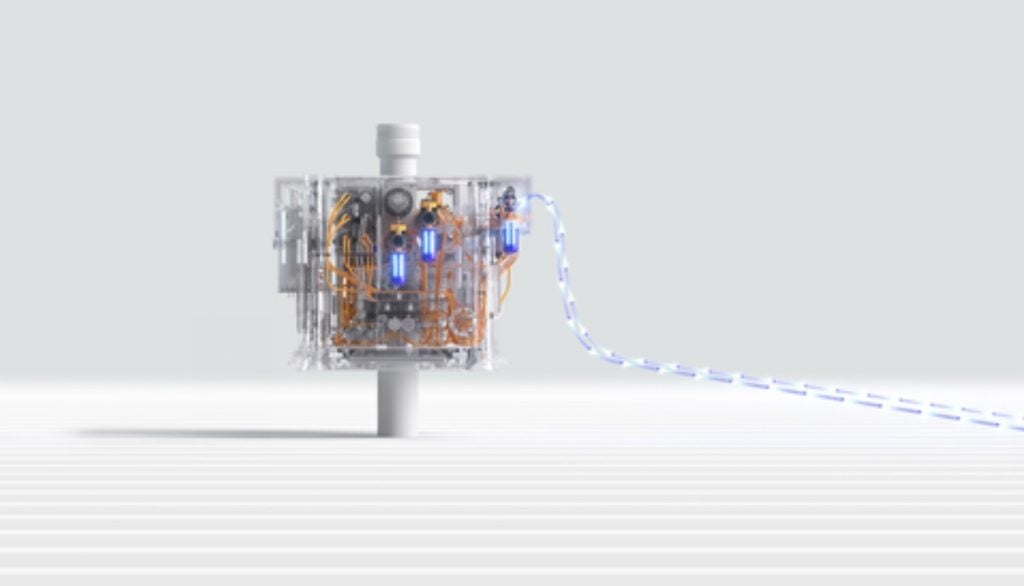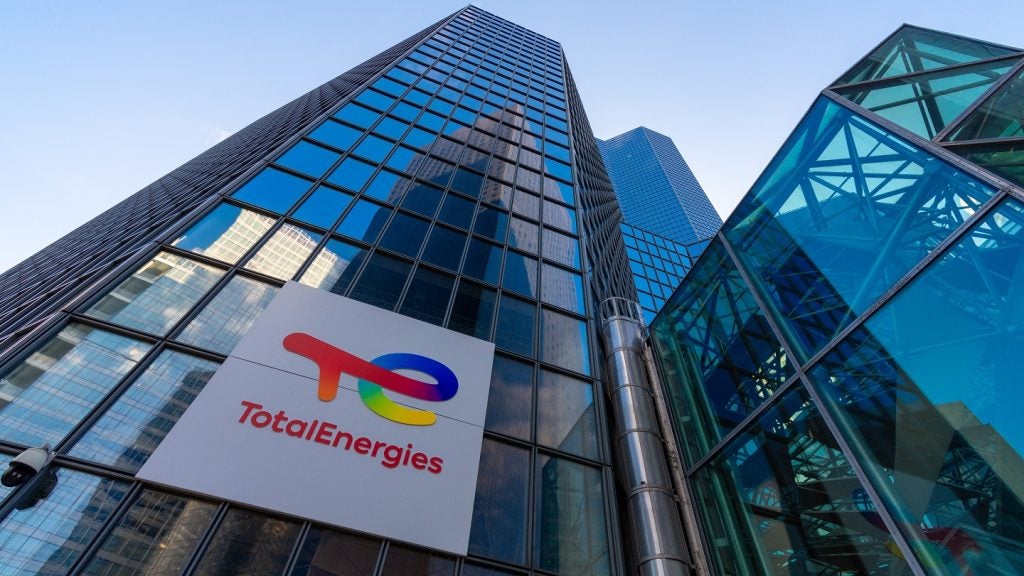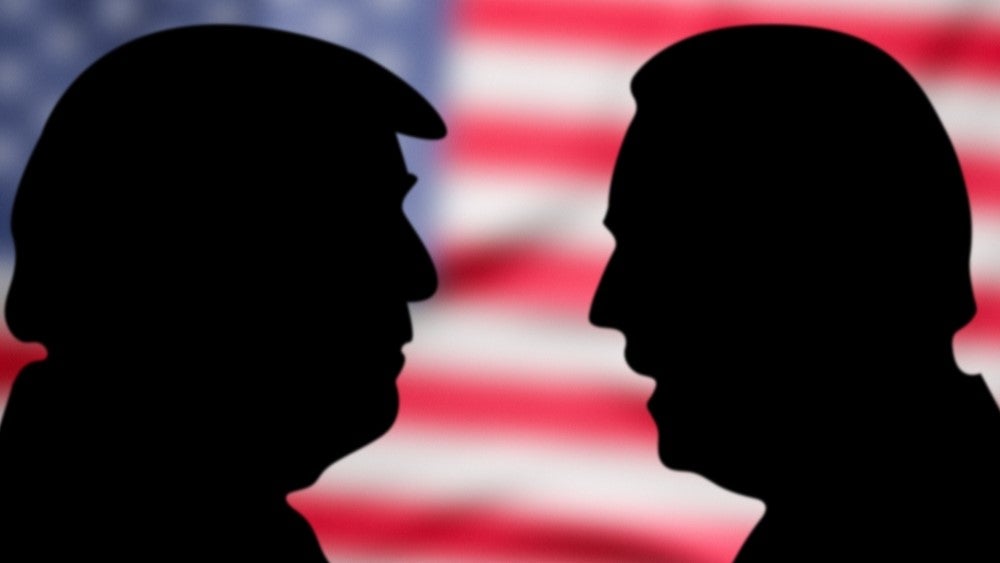The oil and gas industry continues to be a hotbed of innovation. Activity is driven by the need for more efficient production, improved safety and long-term sustainability. Digital technologies are playing a transformative role in meeting these objectives and this is characterised by the growing importance of technologies such as artificial intelligence (AI), cloud computing, internet of things, and robotics. In the last three years alone, there have been over 534,000 patents filed and granted in the oil & gas industry, according to GlobalData’s report on Robotics in Oil & Gas: Robotic vision. Buy the report here.
According to GlobalData’s Technology Foresights, which uses over 256,000 patents to analyse innovation intensity for the oil & gas industry, there are 40+ innovation areas that will shape the future of the industry.
Robotic vision is a key innovation area in robotics
Robotic vision is essentially an extension of computer vision or machine vision, wherein the images are collected using robotics. The complete robotic vision system includes hardware and software for data collection, image processing, and video analytics. Robotics primarily offers extended mobility and manoeuvrability in data collection from constricted or inaccessible spaces. The suitable examples include aerial drones for monitoring and surveillance, and remotely operated vehicles (ROVs) for subsea infrastructure inspection.
GlobalData’s analysis also uncovers the companies at the forefront of each innovation area and assesses the potential reach and impact of their patenting activity across different applications and geographies. According to GlobalData, there are 30+ companies, spanning technology vendors, established oil & gas companies, and up-and-coming start-ups engaged in the development and application of robotic vision.
Key players in robotic vision – a disruptive innovation in the oil & gas industry
‘Application diversity’ measures the number of different applications identified for each relevant patent. It broadly splits companies into either ‘niche’ or ‘diversified’ innovators.
‘Geographic reach’ refers to the number of different countries each relevant patent is registered in. It reflects the breadth of geographic application intended, ranging from ‘global’ to ‘local’.
Patent volumes related to robotic vision
Source: GlobalData Patent Analytics
Leaders in robotic vision include Fanuc, Kawasaki Heavy Industries, and ABB. Fanuc is one of the world’s biggest industrial robot manufacturers. It has developed a fully integrated visual detection system named iRVision, which enables its robotics offerings to improve the speed and reliability of inspection tasks.
Kawasaki Heavy Industries’ robotics division has developed 2D as well as 3D robot vision systems. Its 2D vision system, K-VFinder, helps identify an object's precise position without complicated indexing mechanism. While its 3D vision system, K-VStereo, helps in readily recognising and categorising randomly stacked irregular objects.
ABB offers a host of robotic vision solutions, including its RobotStudio and OmniVance 3D Quality Inspection systems (3DQI), which are helpful in heavy industrial operations, commonly seen in oil and gas industries. The RobotStudio solution offers offline 3D programming capabilities for the robot and the vision system, leading to reduction in operational errors, while the OmniVance 3DQI offers photogrammetry-based inspection solutions capable of measuring minute faults.
To further understand how robotics is disrupting the oil & gas industry, access GlobalData’s latest thematic research report on Robotics in Oil & Gas (2021).
Premium Insights
From

The gold standard of business intelligence.
Blending expert knowledge with cutting-edge technology, GlobalData’s unrivalled proprietary data will enable you to decode what’s happening in your market. You can make better informed decisions and gain a future-proof advantage over your competitors.


